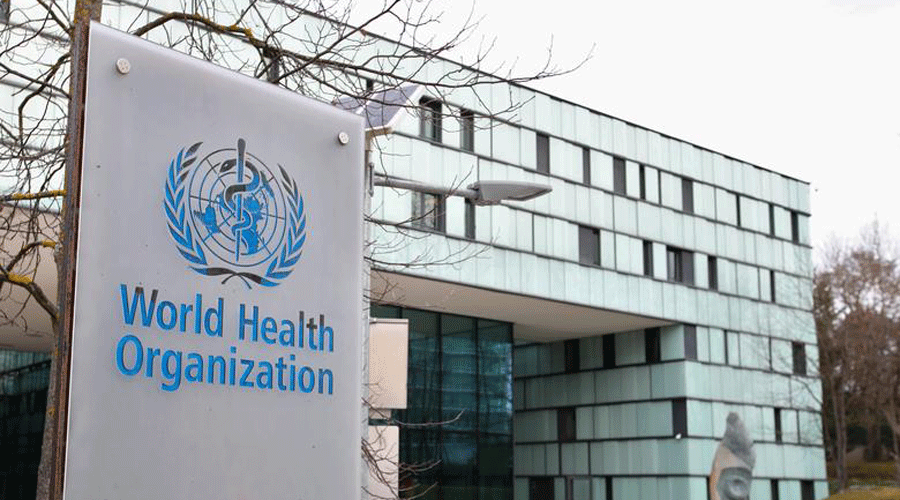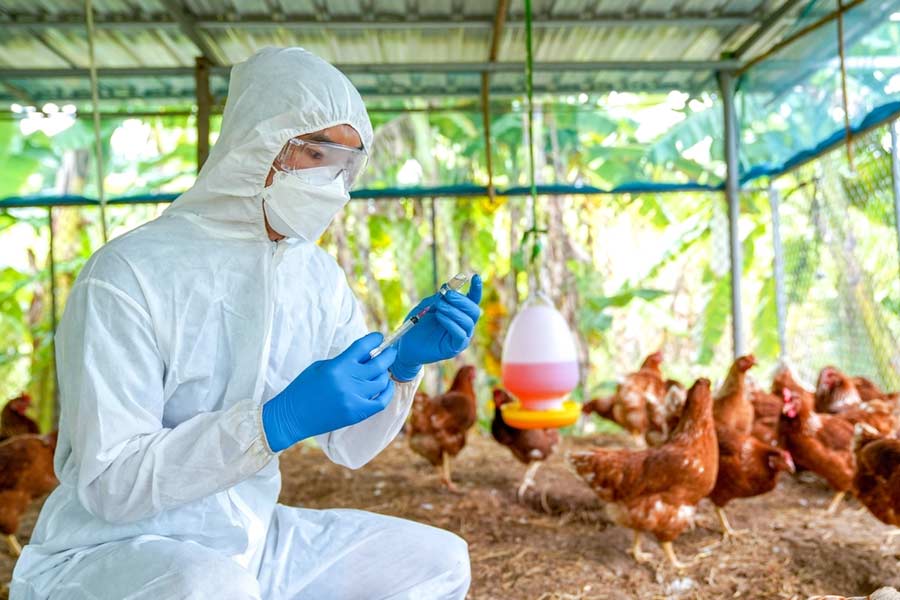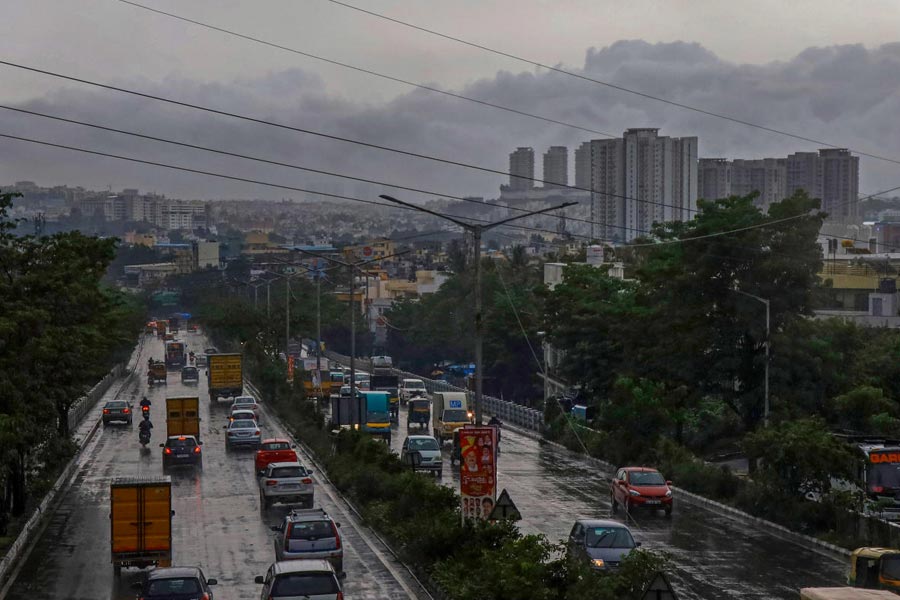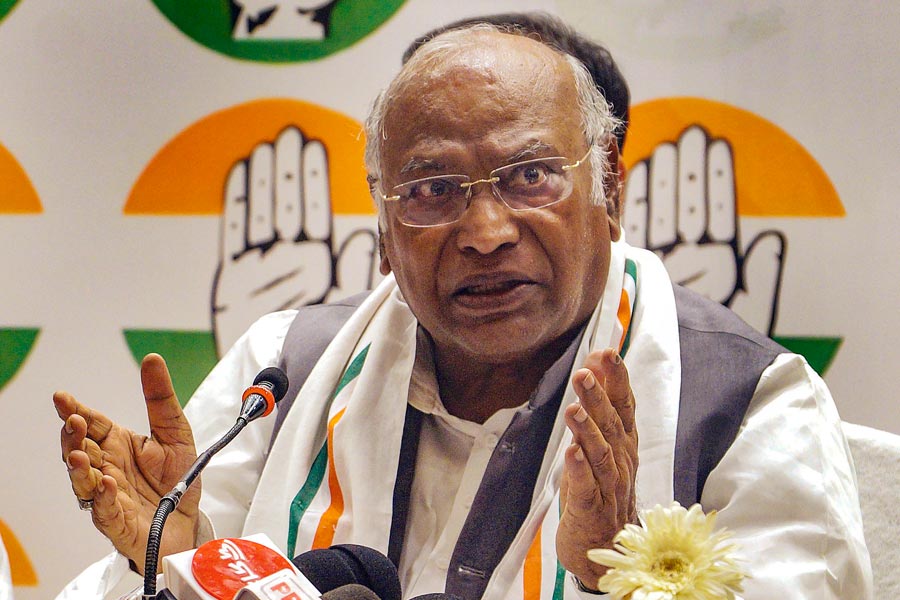Undernutrition accounts for a much bigger share of India’s counts of new tuberculosis patients than hitherto assumed, health researchers have said after an exercise that tweaked a single word — changing undernourishment to undernutrition.
The researchers have estimated that undernutrition — the physiological impacts of prolonged poor food consumption — contributes to 902,000 of India’s 2.64 million annual new TB cases, 40 per cent higher than the earlier estimate of 655,000 attributed to undernourishment.
“We’ve corrected the estimates through a more appropriate measure of poor nutrition than had been adopted earlier,” said Anurag Bhargava, professor of medicine at the Yenepoya University, Mangalore, who led the research.
The World Health Organisation had in 2020 estimated that undernourishment accounts for 19 per cent of annual new TB cases worldwide, including 655,000 in India, with undernourishment measured by the proportion of population exposed to chronic insufficient food.
“We used a different measure — undernutrition represents the physiological consequences of prolonged low food intake and directly measures the body mass index,” Bhargava said. “The prevalence of low body mass index is higher than estimates of undernourishment.”
India has an undernourishment prevalence of 15 per cent under models from the Food and Agricultural Organisation, a UN agency, but undernutrition prevalence based on body mass index measurements in the population is 23.6 per cent.
Bhargava and his colleagues estimated the proportion of new TB cases attributable to undernutrition in 30 high TB burden countries, including India, and have found that undernutrition is a leading driver of TB in South Asia, similar to HIV in sub-Saharan Africa.
Their estimates for undernutrition-linked TB in India range from 902,000 to 1.19 million, the higher estimate based on the higher risk of TB in people with low BMI. Bhargava had in 2014 independently estimated that the count could be around a million.
Although TB is caused by a microbe called Mycobacterium tuberculosis, doctors have known for decades that not everyone infected by TB gets active disease. The microbes may remain dormant for years before low immunity awakens them, triggering active disease marked by symptoms.
The WHO 2020 report had estimated that worldwide about 8 per cent new TB cases were attributable to alcohol consumption, 8 per cent to HIV, 7 per cent to smoking, 3 per cent to diabetes and 19 per cent to undernourishment.
Those numbers might change country to country and across regions. “To control TB in sub-Saharan Africa, we need to address HIV, but to control TB in South Asia, including in India, we need to address undernutrition,” said Bhargava.
The research was published in the Journal of Clinical Tuberculosis and Other Mycobacterial Diseases.
The Union health ministry’s TB control programme, acknowledging the link between undernutrition and the infection, has since April 2018 offered all registered TB patients Rs 500 per month as financial support to ensure a nutritious diet for them.
But public health experts say it is also important to prevent people with dormant TB infection from progressing to active TB under the influence of undernutrition. A nationwide survey has suggested that around 31 per cent of people have dormant TB infection.
“The new estimates are a reminder that we need to address the social determinants of TB versus only viewing it as an infection to be treated with drugs,” said Anura Kurpad, a professor and nutrition expert at the St John’s Medical College, Bangalore, a co-author with Bhargava in the study.










